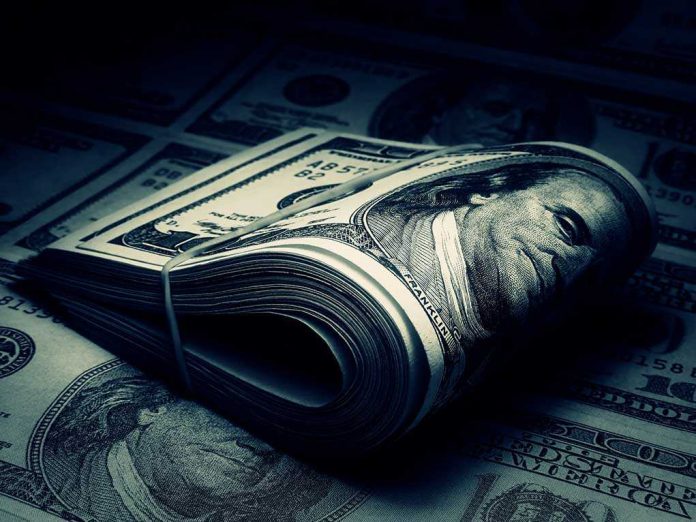
Americans across the nation are buzzing as lawmakers propose a $250 bill featuring President Trump to commemorate the country’s 250th birthday, raising questions about patriotism, tradition, and the meaning of national celebration.
Story Highlights
- Lawmakers push for a $250 bill honoring President Trump and America’s 250th anniversary.
- The proposed legal tender stirs debate about national values and historic commemoration.
- Supporters view the bill as a long-overdue recognition of Trump’s impact and a stand against leftist revisionism.
- Opponents claim the move politicizes currency and divides the nation further.
Lawmakers Propose $250 Bill to Mark Nation’s Quarter-Millennial
In the lead-up to America’s 250th birthday, a group of conservative lawmakers have introduced a bill to create a new $250 note, emblazoned with President Donald Trump’s likeness. Supporters argue this gesture not only recognizes Trump’s historic presidency but also counteracts years of progressive attempts to erase conservative leaders from public memory. The proposed legal tender would enter circulation in 2026, coinciding with the nation’s quarter-millennial anniversary, and aims to make a bold statement about the country’s identity and direction.
Patriots Applaud a Symbol of American Renewal
Conservative Americans, especially those who backed Trump’s return to office in 2024, see the $250 bill as a symbol of restored national pride and a rebuke to what they call “woke revisionism.” For many, this proposal represents a victory over years of policies they believe undermined American values, from globalist spending to unchecked illegal immigration. The bill’s introduction has sparked enthusiasm among Trump supporters who view it as a long-overdue correction to the historic record, giving recognition to a president who prioritized American sovereignty, economic growth, and constitutional rights.
Critics Decry Politicization of Currency
While supporters hail the bill as a fitting tribute, critics argue that putting Trump’s face on legal tender politicizes the nation’s currency and risks deepening national divides. Detractors, mainly from progressive circles, claim the move sets a precedent for using currency as a tool for partisan celebration rather than unity. They argue that honoring a living, highly polarizing figure could fuel further cultural battles, distracting from the common ground Americans share in celebrating 250 years of independence. However, proponents counter that previous currency changes often reflected the values and achievements of their eras, and see this as an opportunity to reaffirm traditional American ideals.
A Backlash Against Leftist Attempts to Rewrite History
Many conservatives view the $250 Trump bill as a necessary response to what they see as years of leftist efforts to erase or distort the country’s founding principles. The initiative comes after a period when progressives pushed to remove historical figures from monuments and currency, often citing controversial episodes from America’s past. For Trump supporters, the new bill is not just about honoring one man—it’s a statement against erasing history, defending constitutional values, and asserting the right of Americans to celebrate leaders who put their country first. Lawmakers behind the proposal argue that this is a chance to reset the narrative and celebrate the resilience and achievements of the nation at a historic milestone.
Debate Over Tradition, Patriotism, and the Future of Commemoration
The proposed $250 Trump bill has ignited a debate about how America chooses to commemorate its milestones. Supporters argue that marking the quarter-millennial with a bold, uniquely American note sends a clear message about the country’s future direction—one rooted in patriotism, individual liberty, and a renewed respect for constitutional principles. Critics, however, warn against using such moments for partisan gain, insisting that national symbols should unite rather than divide. As the bill works its way through Congress, Americans are left to consider what kind of legacy they want to leave for future generations—and whether this new currency will stand as a unifying tribute or a symbol of a country still grappling with its own identity.







